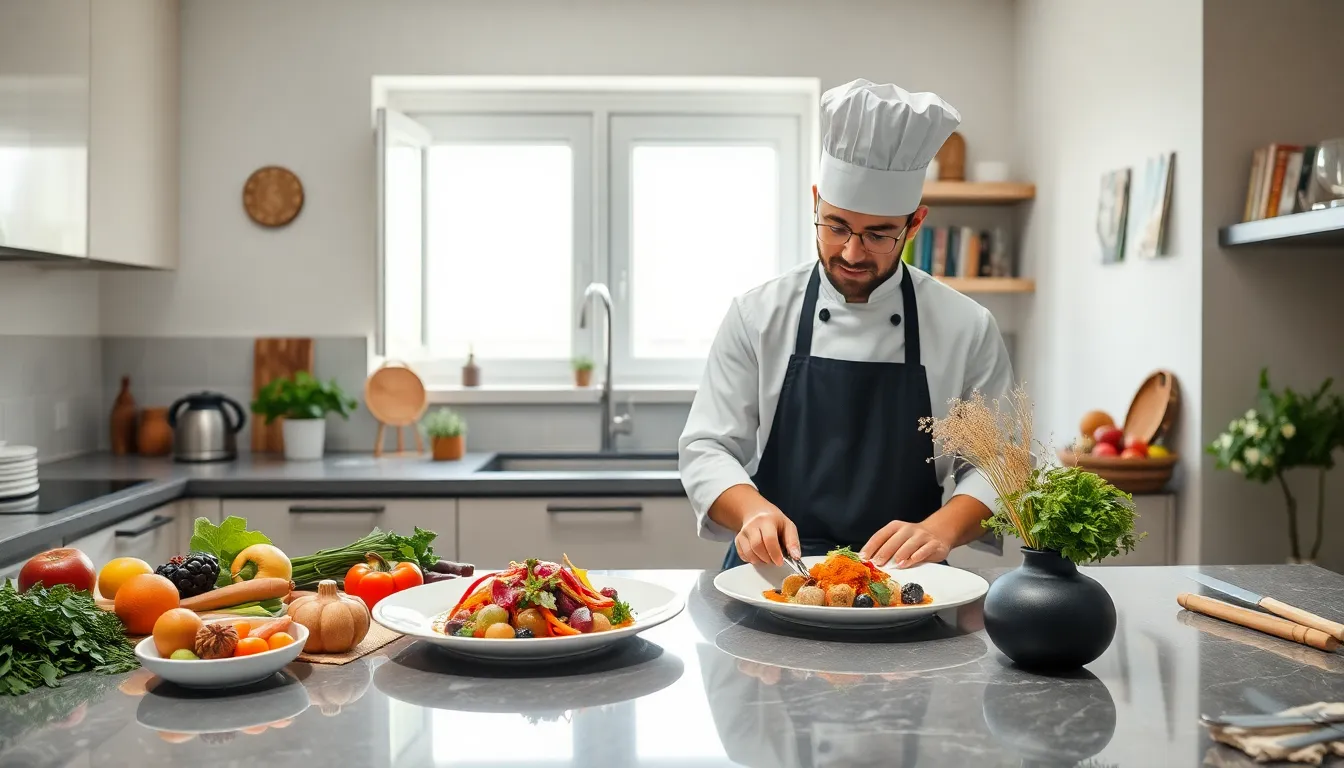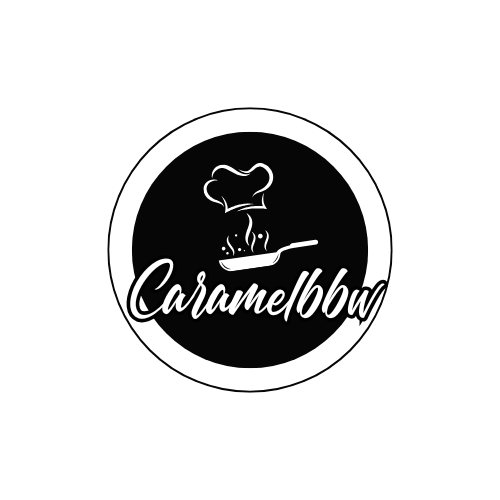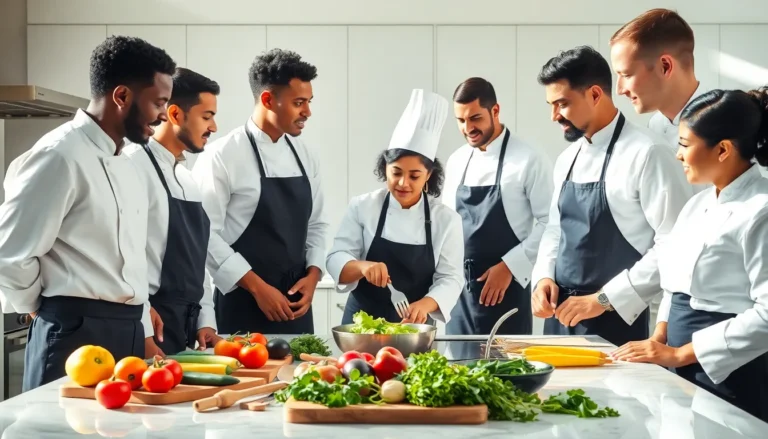
Is Cooking an Art? Unpacking the Culinary Masterpiece
If you’ve ever tasted a dish that made you feel like you were dancing on clouds, you might wonder: Is cooking truly an art? It’s a question that brings together food lovers, critics, and passionate home cooks alike. Who wouldn’t love the idea that their dinner could be a masterpiece? Buckle up, because we’re diving into the saucy debate of whether culinary creations deserve a place in the world of fine art. Let’s simmer this topic down until we find the perfect blend of flavors, and maybe a pinch of humor too.
Is Cooking an Art

Art, in its many forms, is a subjective realm. While some may argue that only paintings or sculptures fall under this esteemed category, others assert that anything that evokes emotion or showcases creativity might qualify. The dictionary might throw words like creativity, expression, and aesthetics into the mix, but these traits aren’t limited to canvases or stages. Cooking, with its rich history of flavors, techniques, and cultural significance, can craft experiences as moving as a symphony or as striking as a Picasso. It engages the senses and can provoke memories and feelings, suggesting it has earned its seat at the artistic table.
Historical Perspectives on Cooking as an Art Form
Historically, cooking has often been viewed through the lens of necessity. From ancient civilizations to royal courts, food preparation had practical implications. Yet, as societies evolved, so too did the perception of cooking. In the Renaissance, chefs began to emerge as artist figures, where lavish banquets became showcases of culinary artistry. Think of those grand feasts served under shimmering chandeliers and adorned with intricate fruit carvings. Fast forward to the modern era, and cooking shows have turned kitchen novices into celebrity chefs, reinforcing the belief that cooking can indeed be a well-respected art form. The history of cooking demonstrates that it’s not just about filling stomachs: it can also nourish the soul.
The Creative Process in Cooking
Cooking is undoubtedly a creative try. It requires imagination, experimentation, and often, a touch of folly. The best chefs and home cooks alike understand that the kitchen is a blank canvas waiting for inspiration.
Techniques That Elevate Cooking to Art
Utilizing culinary techniques, such as sous-vide or molecular gastronomy, allows cooks to manipulate ingredients in extraordinary ways. These methods transform simple nourishment into visually stunning and flavorful experiences. Each technique serves as a brushstroke on the canvas of a plate, and the result can be nothing short of mesmerizing.
Presentation and Aesthetics in Culinary Art
We eat with our eyes first, they say, and for good reason. Plating and presentation play crucial roles in culinary art. The arrangement of colors, textures, and shapes can turn an otherwise ordinary meal into a visually delightful experience. Garnishes, the splash of sauce, or even the choice of dishware all contribute to the overall narrative on the plate, making the dining experience an artistic statement.
Cultural Influences in Culinary Artistry
Culture colors the way food is prepared and perceived. Every region boasts unique flavors, techniques, and presentations that speak volumes about its history and people. In Italy, pasta is not just food: it’s a tradition rich in regional identity. Meanwhile, in Japanese cuisine, the delicate balance of flavors and meticulous presentation reflect a deep-seated appreciation for beauty. This cultural component makes cooking a form of artistic expression: each dish tells a story representing its origins and the people who crafted it. From spices to symbols, cultural influences deepen the artistry behind the culinary creations.
The Role of Emotion and Intuition in Cooking
Emotion plays a vital role in the kitchen. Whether it’s love, nostalgia, or even despair, feelings can shape the cooking process. Think about a grandparent’s secret recipe or the comfort of a warm bowl of soup on a chilly evening. Intuition, combined with emotion, often directs a cook’s choices, guiding them to enhance a dish in ways that are uniquely personal. It delivers a final touch that recipes alone can’t convey, imbuing the meal with stories and memories that stir the heart.
Comparing Cooking to Other Art Forms
When comparing cooking to traditional art forms, it’s essential to recognize the similarities. Much like painting, cooking involves composition, how each ingredient plays a role in the overall flavor profile can be akin to the visualization of colors on a canvas. Dance and cooking share a rhythm: the precise movements of chopping, sautéing, and plating create a beautiful choreography in the kitchen. Meanwhile, music resonates through the kitchen ambiance, influencing the emotional atmosphere while cooking. So, it becomes clear that cooking stands shoulder-to-shoulder with the more conventional artistic endeavors.



